How and What to Plant in Dry, Sunny Spots
Save water and improve your site’s look with these design tips and help from a pro
Falon Mihalic
12 August 2021
Houzz Contributor. Landscape Architect in Texas and Florida and owner of Falon Land Studio LLC. Through landscape design, I create spaces for quiet reflection and lush gardens using native plant palettes and sustainable stormwater techniques. I'm a contributing writer to Houzz so that I can be active in the conversation about sustainable design for residential projects. Learn more about my company's work at falonland.com
Houzz Contributor. Landscape Architect in Texas and Florida and owner of Falon Land... More
Dry, sunny and wind-swept places in the garden often pose a challenge for the home gardener. But extra watering to keep plants alive in those places is a waste of your time and resources. Beyond planting drought-tolerant plants, I also encourage you to think about how you can have a space that takes advantage of full sun.
Understand Your Site
Your specific conditions should inform your landscape design. First, take in what’s going on in your dry and sunny spot. What is making this area in particular drier and hotter than other areas of the garden? It is probably a combination of things. Some factors could include:
Work with a landscape designer in your area
Your specific conditions should inform your landscape design. First, take in what’s going on in your dry and sunny spot. What is making this area in particular drier and hotter than other areas of the garden? It is probably a combination of things. Some factors could include:
- Facing south. Is the garden area facing south — that is, does it have a southern exposure and full sun most of the year? Use the southern sun to your advantage and grow plants that thrive in the full daylight.
- Exposed to wind. Is wind whipping through the area and creating dry conditions? Locate the predominant direction of the winds — which may change depending on the season — and use this as an opportunity to screen the wind. Hedges and walls are great design opportunities to define a space.
- Free-draining soil. Is the soil particularly sandy or on a steep slope? The soil may not be holding moisture well because it lacks organic matter, or the ground may be sloped so that water is draining off the surface and not percolating into the soil.
Work with a landscape designer in your area
Use Plants That Bloom
Prolific flowering plants, like wildflowers and plants used for cutting gardens, need a lot of sun to produce many blooms. A full-sun exposure is a prime opportunity to create a garden bursting with flowers, as long as you use plants that are drought tolerant as well.
Learn Your Garden’s Microclimates for a Resilient Landscape
Prolific flowering plants, like wildflowers and plants used for cutting gardens, need a lot of sun to produce many blooms. A full-sun exposure is a prime opportunity to create a garden bursting with flowers, as long as you use plants that are drought tolerant as well.
Learn Your Garden’s Microclimates for a Resilient Landscape
Join the Meadow Movement
Ornamental grasses have gained popularity in residential landscapes, and there are more species available in nurseries today than ever before. Grasses are fantastic for dry, sunny spots because they are adapted to full sun, harsh winds and dry soils.
Choose grasses that are native to your region and read up on the prairie gardening movement. If you dream of a flowing prairie garden with wildflowers peeking up through long grasses, get it started in a dry, sunny space.
Ornamental grasses have gained popularity in residential landscapes, and there are more species available in nurseries today than ever before. Grasses are fantastic for dry, sunny spots because they are adapted to full sun, harsh winds and dry soils.
Choose grasses that are native to your region and read up on the prairie gardening movement. If you dream of a flowing prairie garden with wildflowers peeking up through long grasses, get it started in a dry, sunny space.
Use Funky Succulents
I’m astonished by some of the alien forms I’ve discovered in succulent plant collections at botanical gardens in arid climates. Indeed, they have spirals and spikes and blooms that are out of this world. Succulents make a statement in the landscape. Plant them in groups to create a succulent community. Start with one or two large species, like an agave or a yucca, and fill in with the smaller spreading ground cover types, like sedum and small echeveria. Succulents thrive in the driest and warmest conditions.
I’m astonished by some of the alien forms I’ve discovered in succulent plant collections at botanical gardens in arid climates. Indeed, they have spirals and spikes and blooms that are out of this world. Succulents make a statement in the landscape. Plant them in groups to create a succulent community. Start with one or two large species, like an agave or a yucca, and fill in with the smaller spreading ground cover types, like sedum and small echeveria. Succulents thrive in the driest and warmest conditions.
Protect From the Wind
Wind exposure can destroy plants over time — either cold winter wind or hot summer wind. Both extremes can contribute to dry site conditions. Once you’ve determined the direction the wind is coming from, you can redirect it with a wall or hedge, creating a buffer.
Walls have two sides: the windward side, which faces the wind, and the leeward side, which is fully protected. The wall’s leeward face is its most protected spot. If you put in a solid wall, you create a protected pocket of space where sensitive plants can be planted. A wall with a south face and a north face will have very different microclimates on either side. Also, be mindful of the color of the wall, because color affects how the wall will reflect or absorb heat and will impact the immediate surroundings.
Hedges are like a living wall that buffers from the wind. Both hedges and walls can define spaces in the garden. Think of them as parts of a framework for creating outdoor living spaces.
Wind exposure can destroy plants over time — either cold winter wind or hot summer wind. Both extremes can contribute to dry site conditions. Once you’ve determined the direction the wind is coming from, you can redirect it with a wall or hedge, creating a buffer.
Walls have two sides: the windward side, which faces the wind, and the leeward side, which is fully protected. The wall’s leeward face is its most protected spot. If you put in a solid wall, you create a protected pocket of space where sensitive plants can be planted. A wall with a south face and a north face will have very different microclimates on either side. Also, be mindful of the color of the wall, because color affects how the wall will reflect or absorb heat and will impact the immediate surroundings.
Hedges are like a living wall that buffers from the wind. Both hedges and walls can define spaces in the garden. Think of them as parts of a framework for creating outdoor living spaces.
Rethink Your Slope
You can terrace a steep slope if it is making water drain too quickly from your hot, sunny spot. The image here shows terraced pockets in a variety of configurations that create layered raised planting beds for flowering plants. Terraces add a lushness and spatial dimension to even small sloping garden spaces.
You can terrace a steep slope if it is making water drain too quickly from your hot, sunny spot. The image here shows terraced pockets in a variety of configurations that create layered raised planting beds for flowering plants. Terraces add a lushness and spatial dimension to even small sloping garden spaces.
Maintain
Best practices for a sustainable garden are important in dry, sunny areas. Mulch around your plants to retain moisture and to protect plant roots from temperature fluctuation extremes. Also, add compost and organic matter to improve the moisture-retention capacity of the soil.
More on Houzz
Read other stories about landscape design
Browse landscape photos for inspiration
Find a home pro for your project
Shop for outdoor products
Best practices for a sustainable garden are important in dry, sunny areas. Mulch around your plants to retain moisture and to protect plant roots from temperature fluctuation extremes. Also, add compost and organic matter to improve the moisture-retention capacity of the soil.
More on Houzz
Read other stories about landscape design
Browse landscape photos for inspiration
Find a home pro for your project
Shop for outdoor products
Related Stories
Renovating Advice
How Do I Find, Assess & Hire the Right People for My Renovation?
Do you need a kitchen designer or a joiner? An architect or an interior designer? Find out with our essential reno guide
Full Story
Renovation Guides
What Key Measurements & Room Dimensions Should I Know for a Reno?
Read practical information about key room measurements and minimum clearances for fittings and fixtures in every room
Full Story
Kitchens
How Practical Is... Handleless Joinery?
Handleless joinery is popular in modern homes. But how suitable are cupboards that can only be opened with a touch?
Full Story
Most Popular
12 Decorating Tips to Make Any Bedroom Look Better
By Anne Ellard
Want to know how to make your bedroom look better? Here are 12 great tricks
Full Story
Renovation Guides
Room by Room: Experts on Ways to Avoid Common Renovation Blunders
From the kitchen to the garden, and all areas in between, experts identify common mistakes and share priceless insights
Full Story
Interior Design
The Golden Rules of Proportion: Decor Laws You Need to Know
An interior designer reveals the essential rules for achieving a perfectly balanced interior
Full Story
Most Popular
5 Reasons Your Bathroom Smells Funky (and How to Fix the Problem)
A plumber reveals five reasons your bathroom might smell like sewage or emanate a musty odour
Full Story
Most Popular
From Planning to Pendants: Kitchen Lighting Essentials
By Joanna Tovia
This valuable guide will give you all you need to know about choosing kitchen lighting for fabulous form and function
Full Story
Most Popular
The Full Picture: How High Should Your TV Be?
By Matt Clawson
We look at an important question to consider when locating your television: how high should you set it?
Full Story
Bathrooms
All the Dimensions You Need to Know for Your Bathroom Makeover
Fit everything comfortably in a small or medium-size bathroom by knowing standard dimensions for fixtures and clearances
Full Story
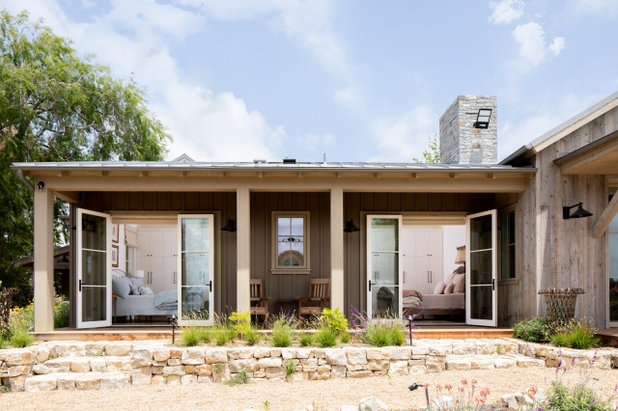
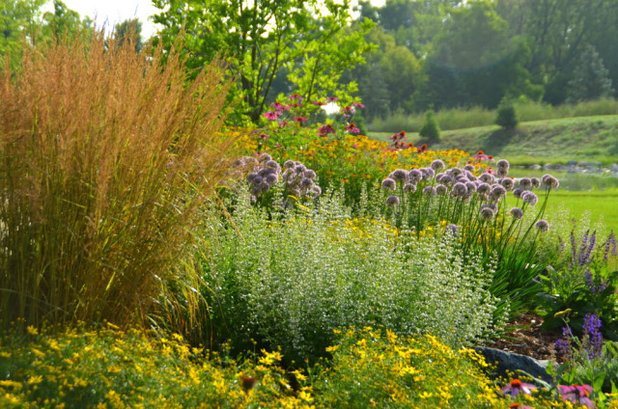
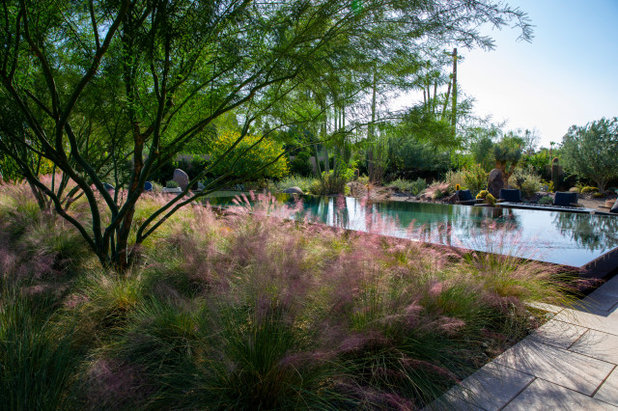
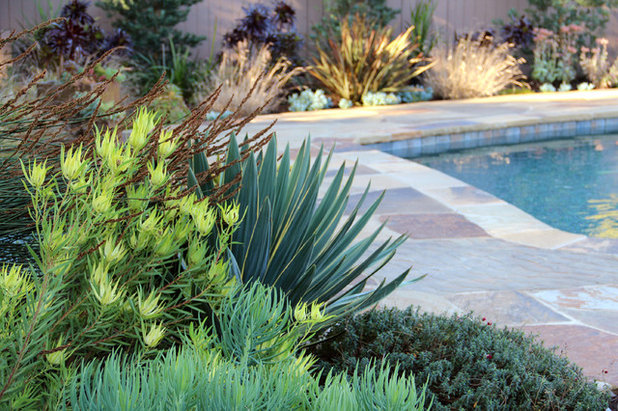
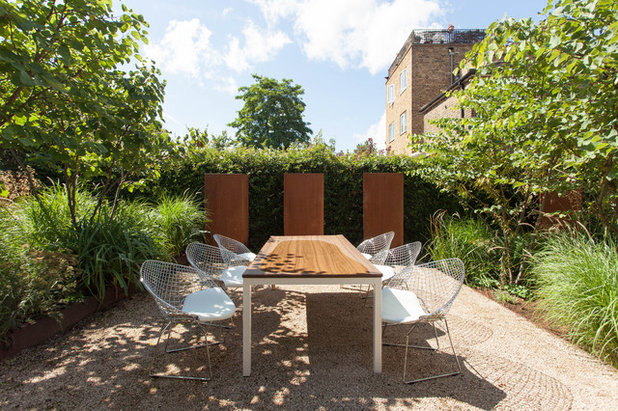
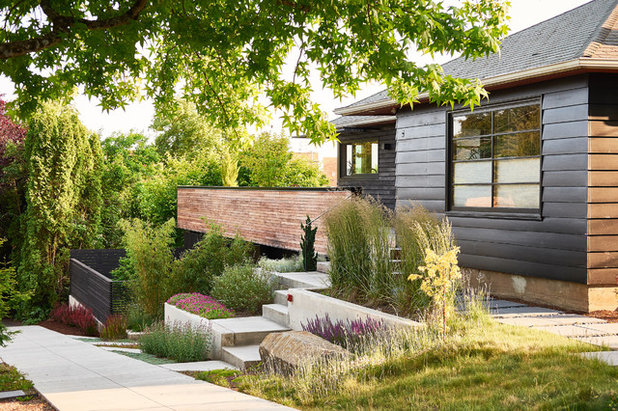
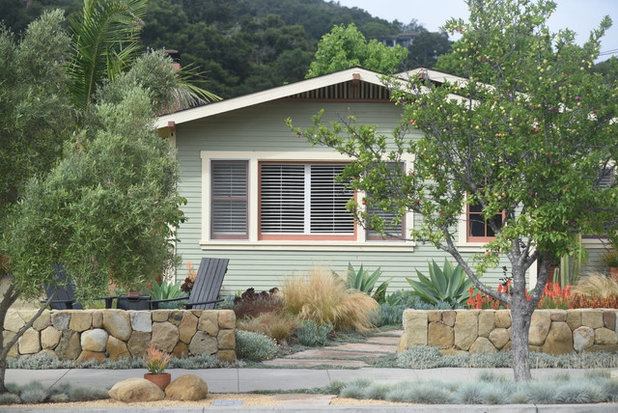

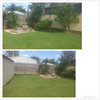
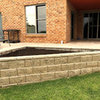
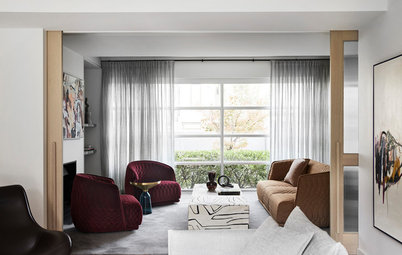
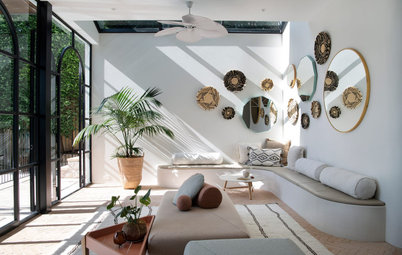
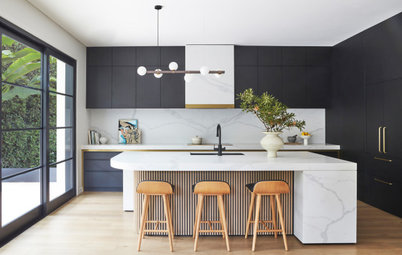
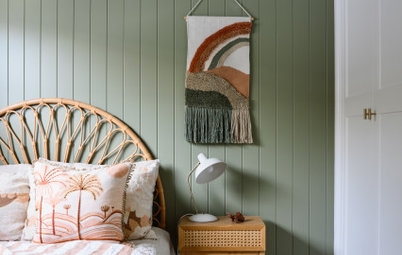
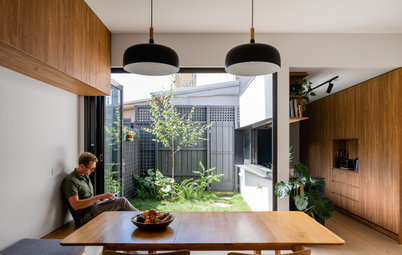
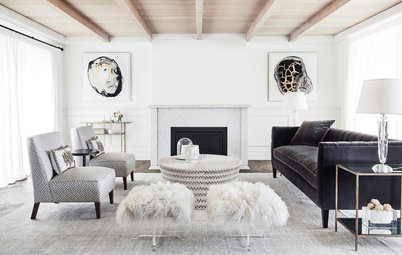
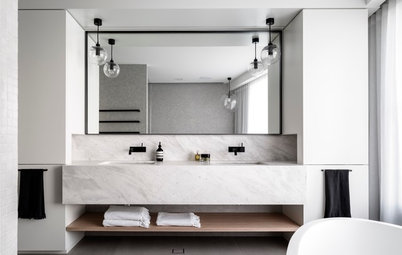
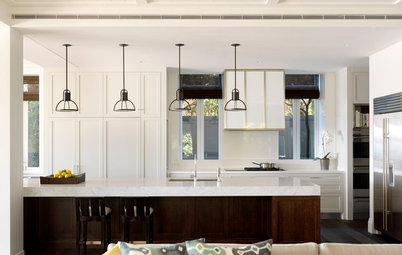
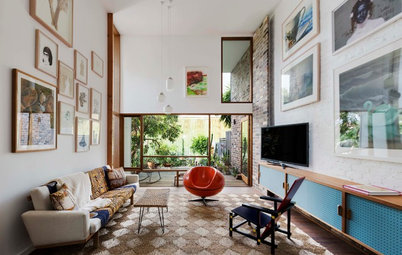
There are hot climates and then there are HOT climates. The SW corner of Utah is extremely hot and dry, and unfortunately, much of the article does not apply. For example, I love succulents but they have a very difficult time in the constant sun, heat and humidity. Gopher plants are okay but most of the other beautiful varieties, not so much. Cactus and agaves are great but don’t add too much in the way of flowers other than in late winter/early spring. I have found a couple flowering plants that do thrive: salvia, Mexican petunias and lantana. Otherwise, it’s tough.
In my Bullhead City yard, which is hot and windy, my prickly pear cacti do very well, with a plethora of spring blooms. Yellow bells and Mexican bird of paradise bloom much of the year. Red yucca has beautiful flowers on tall stalks. My yellow barrel cactus add a pop of color. My chaste bushes have purple flowers several times a year, but lose their leaves in the winter. Yes, landscaping in the desert can be challenging, but there are many options! Like mtnpeep, my lantana & Mexican petunia do well, but rabbits might eat some of them.
My thoughts herein are based on 60 years of gardening. The first section of this article lists three situations that severely limit plant selection. A south facing, windy, sandy hillside can be great garden spot when you get regular rain, but it can be a barren hell in a hot and dry climate. Know your climate and soil. And know that more extreme situations do better with native plants, especially if you intend not to irrigate.
Microclimates are key to increasing plant variety. My climate is hot with dry summers but nonetheless high humidity. Many plants that do well with dry tend to sulk in mid-summer here. Afternoon shade is a life saver for them. You can plant many full sun plants and all part shade plants where buildings or trees provide part shade or dappled shade.
Walls, fences and hedges can also provide part shade when oriented north-south, but as the author notes east-west walls, fences and hedges have a hot southern exposure and a shady northern side. One book I own describes the shade at the base of a north facing wall as being the equivalent of medium shade as long as there is no overhanging tree or structure. Plants that tolerate a wide range of sun/shade, such as daylilies will do well, and many shade lovers are exceptional here.
But the key to success is figuring out which plant grows the best in a particular spot. Do your best to research preferences, but if a plant doesn't grow well in a spot after a year, move it somewhere else and replace it with another type. Gardening is a process. Plants grow and you have to rearrange your garden to accommodate. Severe weather in the form of extra cold or dry or hot can kill plants that should have survived.